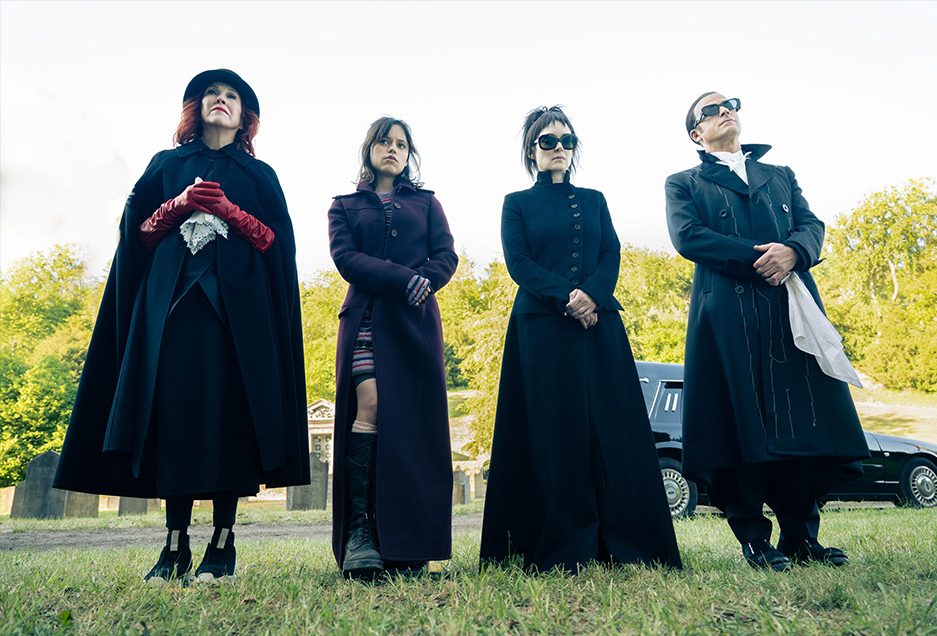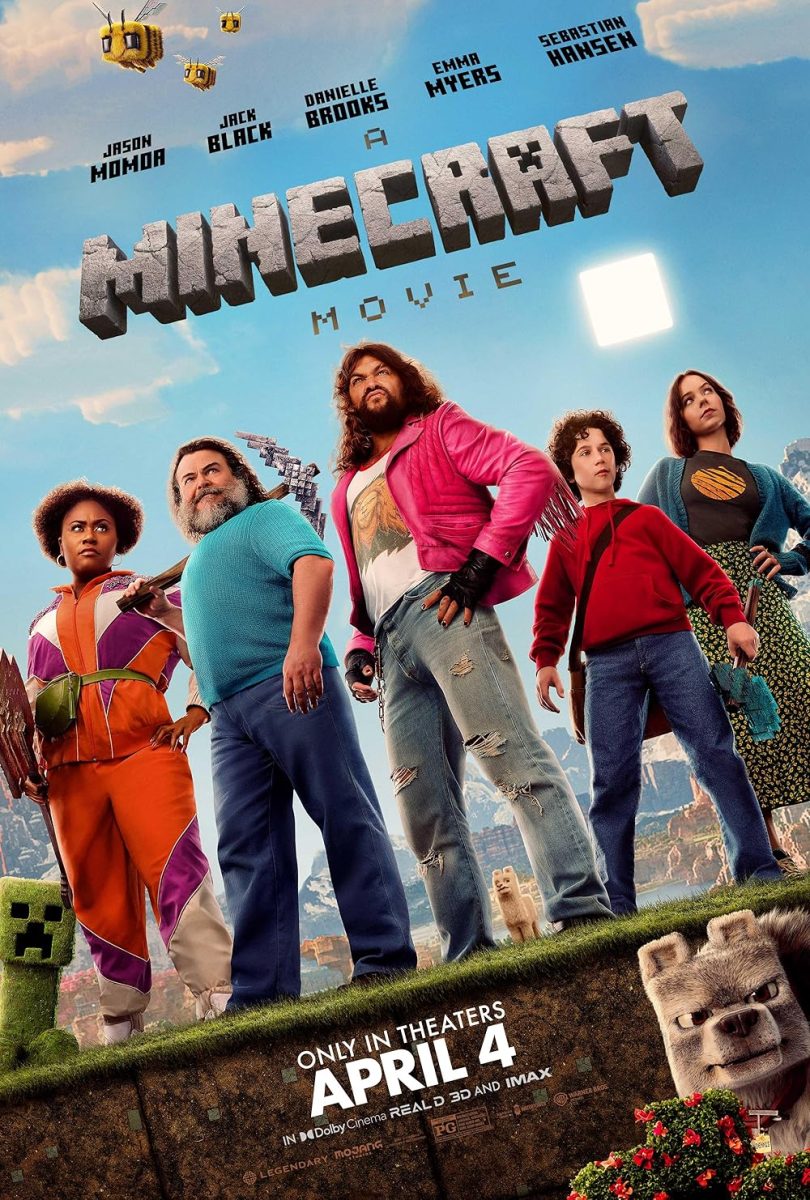Millions of people have been anxiously expecting the long-awaited sequel, “Beetlejuice, Beetlejuice” to premiere in movie theaters across the U.S. Following the main character of the original first movie, Lydia Deetz, the sequel takes the audience on another whimsical journey through the eyes of a mother trying to reconnect with her daughter, Astrid Deetz. Between the original 1988 film of “Beetlejuice” and its new sequel, unique features from both movies creatively take on new perspectives during their respective periods of time.
Watching the original “Beetlejuice” as a little kid was terrifying, yet absolutely hilarious. Completely ahead of its time, the movie inspires appreciation for the special effects and innovative make-up looks that were done at a time when CGI was not as advanced as it is today. There is an old-timey feeling that is irreplaceable, enhanced by the characters’ costumes and hairstyles that fit the late 1980s perfectly. The movie induces a sense of nostalgia because of the realistic portrayal of a dysfunctional family and their struggles to begin a normal life. However, these themes are exaggerated in a grotesque comedic form, combining the insightful concept of what happens after death with an unpleasant, strange old man, Beetlejuice, who can’t stop telling dirty jokes to save his life. By mixing raunchy punch-lines with creative and well-paced jump-scares, the original “Beetlejuice” movie was perfectly crafted into one of the greatest comedy-horror movies of its time.
Likewise, the sequel, “Beetlejuice, Beetlejuice” definitely had its praise-worthy aspects as well. It had a great assortment of comedic jokes, an amazing cast line-up, and wonderfully detailed costumes. Jenna Ortega, who played Astrid Deetz, did a great job portraying a teenager who wished her mother could spend more time talking to her than the spirits her mom believed were real. Winona Ryder, who played Lydia Deetz, successfully resembled the conflicting feelings of a freshly-widowed mother trying to juggle a reality TV show, a narcissistic money-grabber fiance, and lonely daughter. These two actresses were an enjoyable combo to watch on the big screen as the audience saw their story of reconnection unfold through the real world and the after-life.
Looking at the technical aspects of the sequel, the costumes were arguably one of the best parts of the production; they added a great amount of detail to the movie. Specifically, Astrid Deetz’s whole wardrobe and Beetlejuice’s ex-wife’s wedding dress were superbly fashionable and pleasing to the eye. Attached to various articles of clothing and body parts were intriguing special effects such as raging piranhas eating at a human’s fisherman vest and kitchen appliances spearing out of someone’s head. The after-life set production was executed beautifully as it still managed to retain the unusual and playful original look of the first movie. It maintained the never-ending, black and white striped hallways and the iconic waiting room full of dismembered corpses waiting to be admitted to the after-life. However, it also expanded the world of the dead by adding the Soul Train, a train that not only takes one’s soul to their respective destination in the after-life (depending on one’s ticket), but also includes a 1960s ensemble of dancers boogieing to soul music in the underground subway station.
Other decisions that were noteworthy was how they kept Beetlejuice’s unpleasant and weird vibe yet changed every other character to fit modern times to demonstrate how Beetlejuice is still stuck being dead in the after-life, and therefore, can not age any further nor evolve his personality. Additionally, his ex-wife, Delores, is seen as having recently died, which is expertly evident in her makeup. It is common for the dead to be dressed and decorated before going into a casket, which explains why Delores has a full face of makeup when she arrives in the underworld.
The original couple, Barbara and Adam Maitland, were deeply missed in the second movie as they were vital to the first movie’s story plot. These two go on a journey to discover the after-life together, portraying a healthy relationship as they navigate conflict being recently deceased. Played by Geena Davis and Alec Baldwin, Barbara and Adam were two incredibly lovable and funny characters that were extremely enjoyable to watch on screen.
To make up for their large absence, three unexpected characters rose above and beyond and were able to impress the viewers with their different qualities. Beetlejuice’s ex-wife Delores, played by Monica Belluci, wanted to seek revenge on her deceased fiance for killing her as she was about to claim his soul for eternity. Her wicked, gothic style captured audiences’ attention and left the viewers wanting her to have more screen time. Jeremy Frazier, played by Arthur Conti, was the love interest of Astrid Deetz and was a key character for the plot twist that had audiences speechless. Last but not least, Delia Deetz, the grandmother of Astrid and stepmother of Lydia played by Catherine O’Hara, was arguably one of the funniest characters in the entire movie, playing a grandmother who knows what it is like to have a strained mother-daughter relationship with the angsty-teenage version of Lydia.
Overall, “Beetlejuice, Beetlejuice” was a great sequel to the original 1988 version as it retained a few of the key characteristics from the first movie yet also came up with their own unique concepts to keep up with modern times. Watching “Beetlejuice Beetlejuice” with a large carbonated soda and tub of buttered popcorn will bring the viewer just as much enjoyment as replaying the DVD of the original “Beetlejuice” in their living room. Over the years, Beetlejuice’s character has proven to be one of the most recognized personalities across comedy-horror cinematography, and it’s certain that his character will never die. However, just remember, don’t say his name three times.







Robert • Nov 22, 2024 at 12:47 PM
movie was a snooze fest didn’t need a sequel first one was perfect